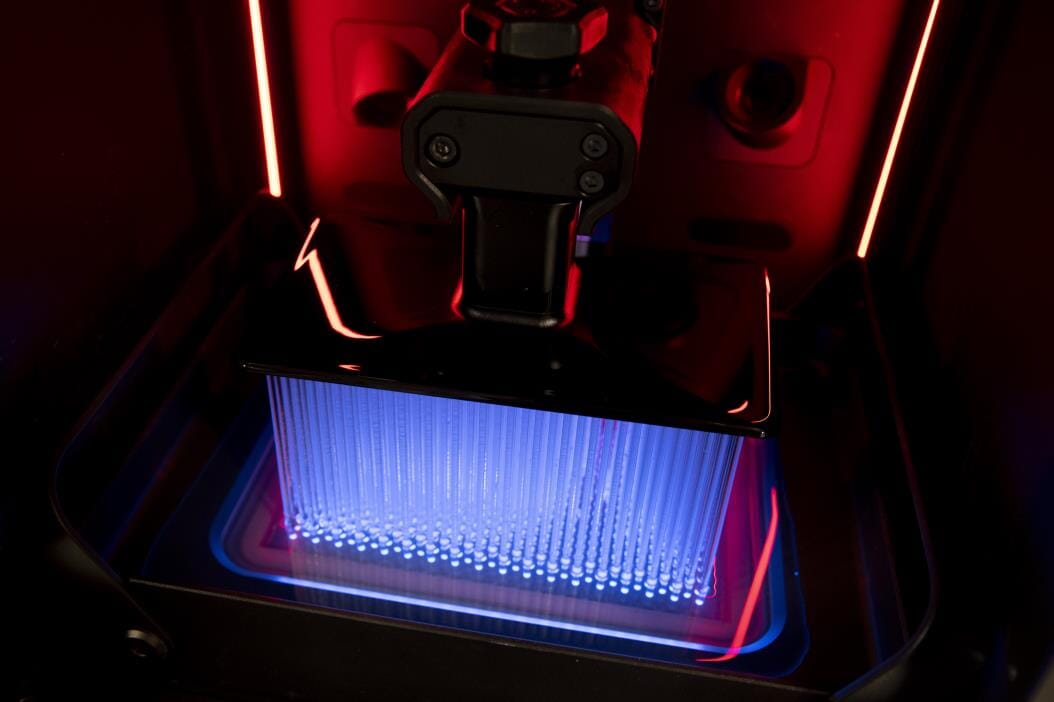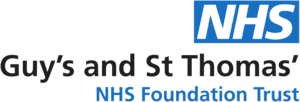
P3™ Programmable Photopolymerization 3D Printing
Discover our range of Stratasys P3 3D printers
What is P3 3D printing?
Otherwise known as Programmable PhotoPolymerization, P3 isn’t an entirely new AM concept, but represents the bold evolution of an existing one. First came Digital Light Processing (DLP): a process in which a digital projector cures photopolymer resins to produce high-accuracy and high-resolution components.
From tough and bulky componentry to complex parts with demanding geometries, P3 is remarkably adaptable. Meanwhile, because this AM discipline benefits from a spectrum of high-performance compatible materials, it has a vast range of potential applications.
P3 3D Printing Benefits
-
Smooth & accurateP3 allows the printing of fine-detail components with ultra-smooth surface finishes, alongside the option of further finishing steps like bonding and injection molding
-
Streamlined hardwarePrint flexible parts made of clear photopolymers on a conventional 3D printer, using the same machine to produce both rigid and flexible parts to the same high standard
-
Open-ended materialsTest the real-world capabilities of countless different P3-compatible thermoplastics, rapidly producing prototypes and reducing your time to market
-
Ultra-efficientP3’s use of a digital light projector allows entire layers to be cured with a single flash, meaning efficient print runs, increased productivity and boosted bottom line
CASE STUDY
ECCO Explores Stratasys P3 for Footwear Manufacturing
Danish shoe manufacturer ECCO have been dipping their toe in the water over the past few years with 3D Printing, including a collaboration with Cambridge Design Partnership. This collaboration led on to a limited collection of 3d printed shoes and later on, the brand remained strong 3D printing shoes for this niche market.
-
How does P3 3D printing work?
As a close relation to Digital Light Processing (DLP), the P3 process employs a light-sensitive photopolymer which is cured, one layer at a time, when exposed to light from the powerful projector below the build platform. Once the desired part has been printed, it’s removed from the build platform and the process begins again.
-
What are P3 3D printers used for?
As our case studies reveal, P3’s renowned attention to detail has made this technology a trusted choice in future-led sectors from automotive to aerospace. You’ll find P3 3D printers like the Stratasys Origin One used for everything from next-generation footwear to personal protective equipment (PPE), while the Origin One Dental excels at surgical splints, dentures and other medical applications.
-
How accurate is P3 3D printing?
P3 3D printing is exceptionally precise. Taking the Stratasys Origin One as an example, this technology is able to deliver print details of around 50μm, depending on the design and materials used. Just as importantly, with its tight control over printer movements, pressure, separation forces and countless other parameters, P3 is known for maintaining that accuracy even when printing ambitious geometries.
Most popular P3 Printers
What are common applications for P3?
New to 3D
Printing or looking
for some support?
- Call: 01782 814551
- Email: info@tritech3d.co.uk
































